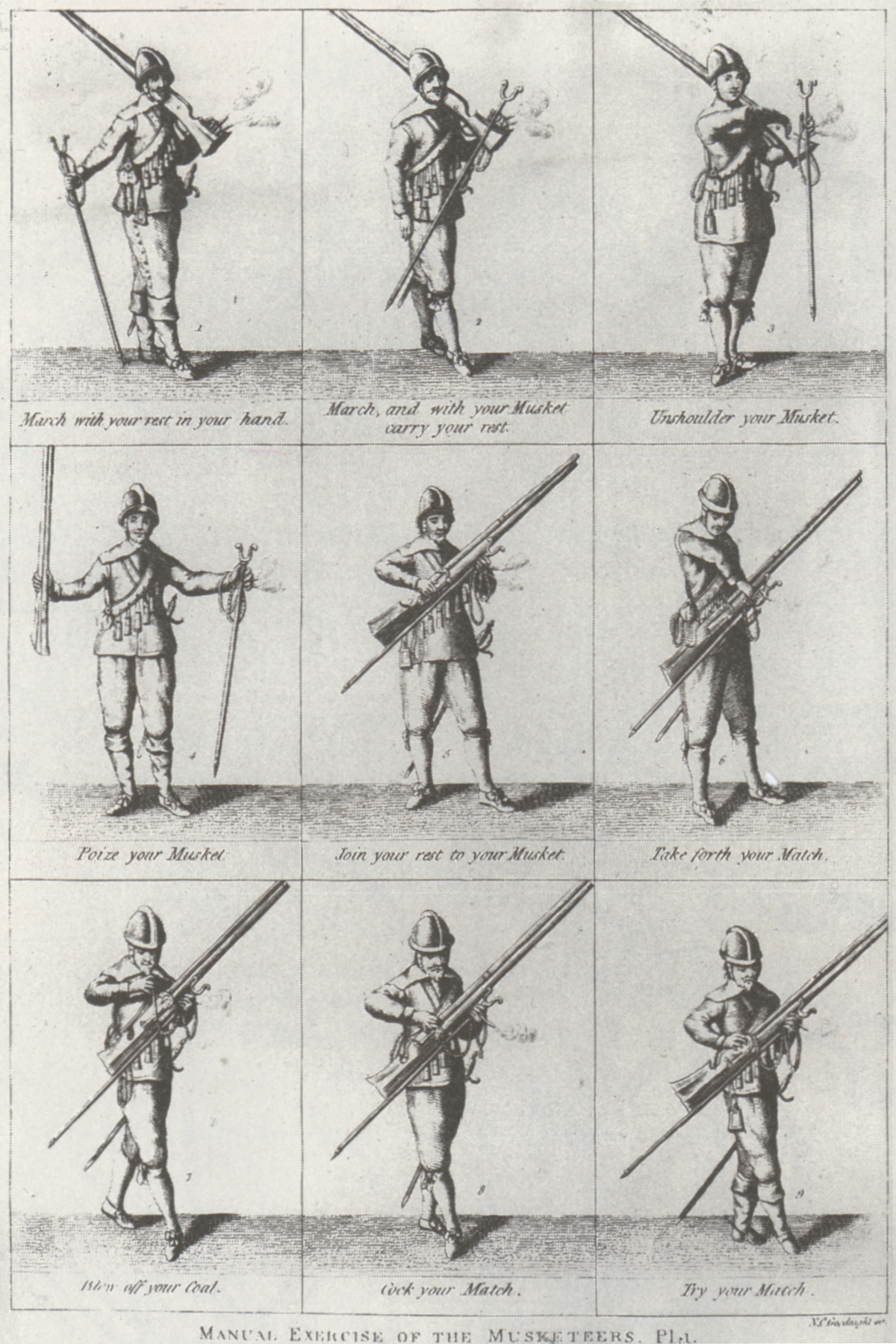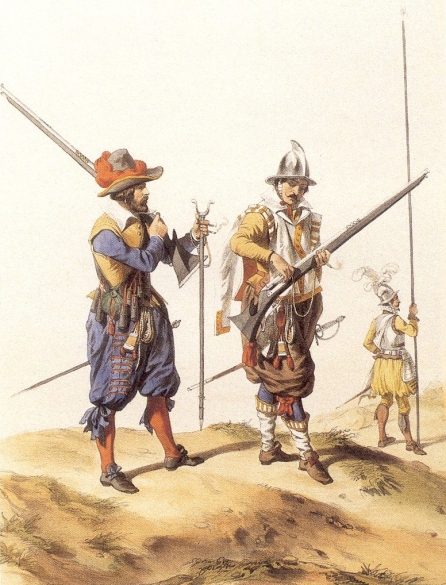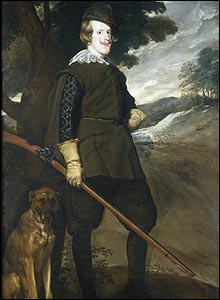Karl;
The answer is "both." "Haversacks conceal alot of ills." Typically the bandoliers and priming flask are only as minimally loaded as possible when they will be used, but used they are. Yes, they are a little dangerous -- there is no doubt of that. Other than noise and arguably fragility, being exposed to a dozen hand grenades and one pitard tethered to you by a wide leather strap while you are carrying your "coal" and making sparks and burning powder flashes is questionable. And I like to smoke a period pipe afield.
I was the safety officer for a group called The so-and-so Colonial Militia. I recall leaning over a firepit at a native-American museum demo, powder bottles dangling, and warned everyone never to do what I was... But to take note how far I was willing to go to train them. LOL










